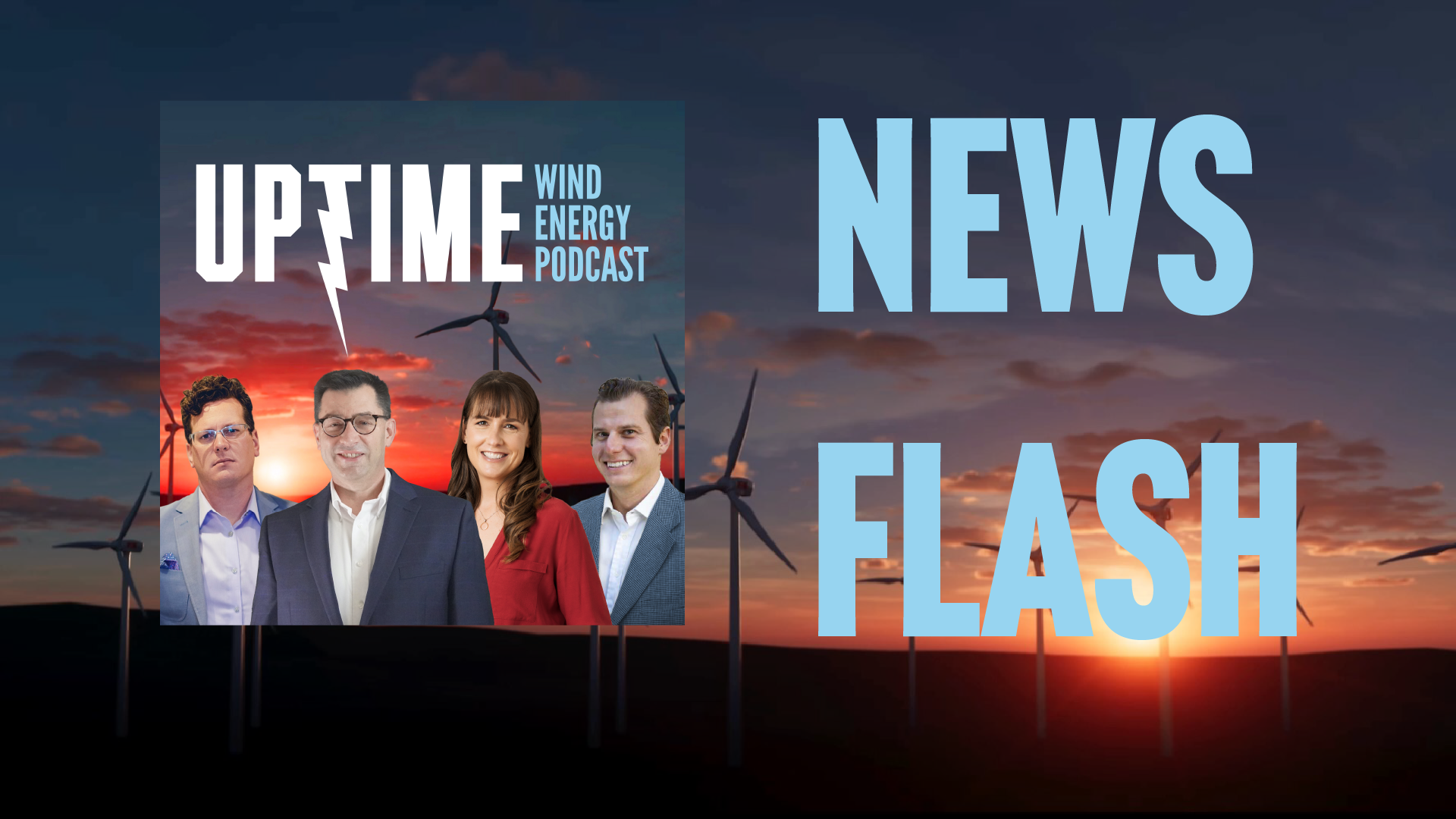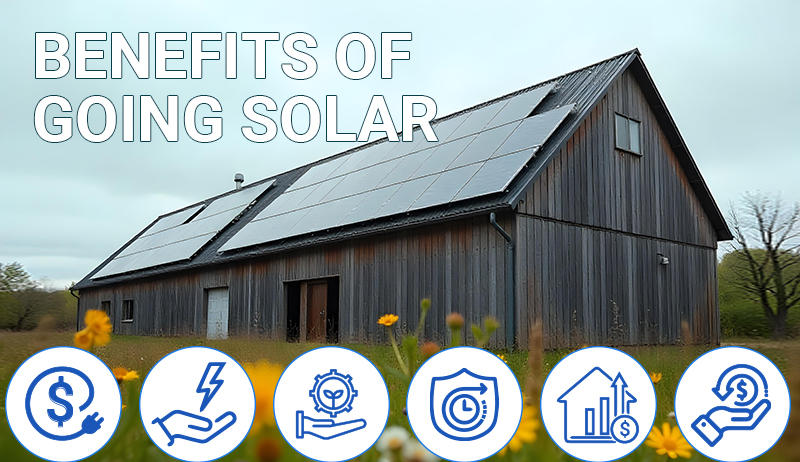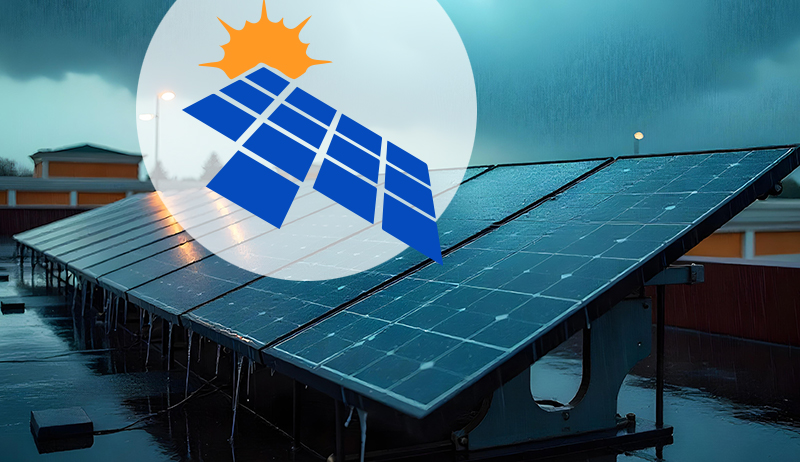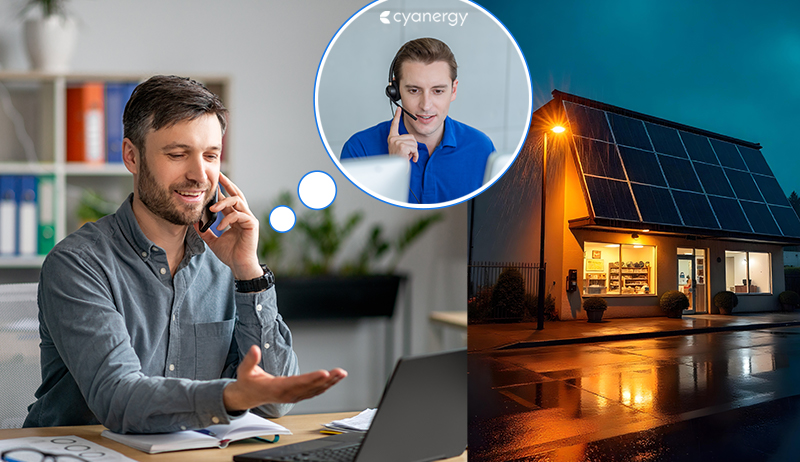Weather Guard Lightning Tech

Acciona Sells Half of Renewable Portfolio, Invenergy Acquires in Brazil
Acciona has identified around 6 GW of its global capacity for potential sale. Invenergy has partnered with Patria Investments to acquire a portfolio of wind power complexes in Brazil. Arclight Capital Partners has launched SkyVest Renewables, a new renewables initiative which has already acquired a 160 MW wind farm in Texas. Repsol is in talks to acquire the remaining 60% stake in Hecate Energy.
Sign up now for Uptime Tech News, our weekly email update on all things wind technology. This episode is sponsored by Weather Guard Lightning Tech. Learn more about Weather Guard’s StrikeTape Wind Turbine LPS retrofit. Follow the show on Facebook, YouTube, Twitter, Linkedin and visit Weather Guard on the web. And subscribe to Rosemary Barnes’ YouTube channel here. Have a question we can answer on the show? Email us!
Pardalote Consulting – https://www.pardaloteconsulting.com
Weather Guard Lightning Tech – www.weatherguardwind.com
Intelstor – https://www.intelstor.com
Allen Hall: I’m Allen Hall, president of Weather Guard Lightning Tech. And I’m here with the founder and CEO of Intel Store, Phil Totaro, and the chief commercial officer of Weather Guard, Joel Saxum. And this is your News Flash. News Flash is brought to you by our friends at IntelStor. If you want market intelligence that generates revenue, then book a demonstration of IntelStor at IntelStor.com.
Arclight Capital Partners has launched SkyVest Renewables, a new initiative focused on operating and optimizing renewable energy assets. With an initial 500 million capital commitment, SkyVest has already acquired a 160 megawatt farm facility. And Texas, the company aims to target operating utility grade wind and solar assets in North America, implementing best practices to generate near term cashflow and mitigate risks.
Phil, there should be a lot more companies entering this marketplace. It can be a big revenue generator.
Philip Totaro: Well, and this follows on the trend that we’ve been talking about for months, which is, I mean, for those that don’t know, ArcLight already has ArcLight Capital Partners, the, the kind of umbrella and parent of, of this infrastructure company.
They already have some ownership of assets wind and solar throughout the U. S. It’s a smaller portfolio, but they were kind of dipping their toe in the water, and now You know, standing up a new project development and asset management company with SkyVest is is fantastic to see. And I think, with the capital commitment they’ve got with 500 million, that’s a good place to start.
But in reality, there’s probably a lot more coming and you should expect that that Arclight’s going to be doing a lot to help them raise funds. and deploy that capital following on that, that trend of infrastructure companies doing, doing that throughout the globe.
Joel Saxum: I know I talk about oil and gas and lessons learned and like things that can be taken from that sector, but in the oil and gas world, you’ll see that people buy and sell oil fields left and right.
There’ll be group, large asset grabs or, or even a single well or something like this, but a lot of times it’s a field. And we’re starting to see that more and more in the wind industry, because what people will do in the oil industry is buy that field, optimize it, they’ll do a little CO2 injection, or they’ll do work over, bring in work over rigs, clean up the wells, get them working better, and then they’ll dump it, sell it to someone else that wants to operate it.
So we’re seeing some more capital come into the space now where they’re buying up wind farms, our ArcLight Capital, bought that 160 megawatt wind farm in Texas. And they’ll optimize it, right? They’ll put a little bit of money in it. They’ll put some, do some best practices stuff and they’ll get that thing running better.
Whether it’s through just best practices or whether it’s through new sensor technologies or new LEP upgrades or lightning protection upgrades or whatever they may be, get that thing up and moving and then possibly sell it in the future for a profit. And that is starting to happen more and more and more in the wind industry at a global scale.
Allen Hall: Spanish oil company Repsol is in talks to acquire the remaining 60 percent stake in U. S. renewable energy company, Hecate energy Repsol already owns 40 percent of Hecate energy group, which develops renewable projects in the U S and this move follows Repsol’s recent acquisition of ConnectGen for almost 800 million, further expanding its presence in the U S renewable energy market.
Phil, why is a large Spanish oil production company moving to renewable projects in the U. S. right now?
Philip Totaro: They actually are seeing potentially better returns for those that don’t know this company, Hecate Energy, They have already deployed some battery storage projects in the U. S. They have a significant development pipeline, and most recently, they just proposed to develop a, an offshore wind farm.
in some of the project sites that were pulled from a BOEM auction in the Gulf of Mexico, specifically for hydrogen generation. So they’re, they’ve got quite an interesting pipeline and it’s a play that Repsol obviously wants to be not just a Spanish oil company, They want to be a global energy company.
And this is a way in which they can kind of get their foot in a market where they see a lot more opportunity that potentially what they see in investing in renewables in Spain.
Joel Saxum: Yeah. To partner on with what Phil’s saying there, Repsol, of course, large oil major running operations all around the world, offshore, onshore, all the above.
But in the, when you’re talking in the renewable sector, specifically in wind in Spain, there’s a lot of aged assets. And where they’re hooked into the grid there and the availability of good wind sites, a lot of them are, you’re 15, 20, 25 years old. You’re starting to get to lifetime extension projects.
Whereas when you come to the United States. Of course, the geography is larger. There’s a lot more space for more wind projects. And it is an, it’s a newer market, right? So the assets are younger if you’re trying to buy into other assets and those kinds of things. So, you can see some oil majors starting to pull out of wind or make different moves around it like BP or Shell.
But Repsol diving further in.
Allen Hall: U. S. based Invenergy has partnered with Brazilian investment fund Petria Investments to acquire a portfolio of wind power complexes in Brazil. The 600 megawatt portfolio purchased from Contour Global and Electrobras consists of four projects, all of them located in the northern states of Brazil.
Invenergy will own 10 percent of the portfolio and provide operation and maintenance services, marking its first ownership of installed wind capacity in the country. Now, Phil, Invenergy’s been involved in a number of projects in the United States for a long time, and they do O& M on those projects in the U. S. Now they’re moving into Brazil, what is the incentive to, to move to Brazil to acquire some part of that growing marketplace?
Philip Totaro: Well, this is a really interesting play because this, the, the company they’re partnering with Petria Investments or Petria Investimentos, technically. They are kind of a Brazilian version of an infrastructure fund, if you will, where they are starting to gobble up some of the legacy operational wind and, and even a little bit of, of solar assets in the country.
But specifically bringing in somebody with experience to operate and maintain which I think is interesting that they wouldn’t have worked or partnered with any of the companies down in Brazil. But Invenergy does have an investment strategy that they wanted to kind of. Start getting their, their tentacles out and, and, into different markets.
And Vennergy’s talked about diving into projects in Spain, they’re developing projects in Japan and elsewhere in the world. And so this gives them an opportunity to get a foothold in the Brazilian market. So it’s, it’s a very, very interesting,
Joel Saxum: One of the things Invenergy does in the States, as Allen was talking about earlier, is they will go and build a prod, they’ll, they’ll go through the whole fermenting pipeline, get everything ready, build a project, and they’ll build it with the, basically a selling agreement already in place, right?
They’ll build it and then they’ll sell it to an operator. Immediately once it starts commissioning is complete, then they’ll stay on and they’ll sign an agreement to be the, basically the FSA holder and run the wind farm for them. So I think you could see that possibly that strategy rolling over into Brazil.
So once they’ve established a foothold in Brazil with all these projects, understanding how to operate there, understanding how to do the O& M on these, because of logistically and spare parts and all these different things you have to figure out, I could foresee Invenergy starting to actually do the same thing down there is develop, sell, and continue to run.
But that’s going to be, of course, in the future.
Allen Hall: Spanish renewables company Acciona Energia is considering a major asset rotation strategy amid challenging financial results. The company has identified around six gigawatts of its global capacity for potential sale, representing nearly half of its total installed and consolidated capacity.
Actiona Energia’s first half profits for 2024 have crashed by 84 percent year on year to 65 million euros, primarily due to extraordinary conditions in the Spanish market. Phil, Actiona Energia selling half their assets has got to be a little bit of a warning sign, right?
Philip Totaro: Yes, especially when you consider what Joel just mentioned in regards to, in the Spanish market, you’ve got kind of, a concentration of very experienced companies, but they’re now managing a much older kind of asset portfolio there that is kind of ripe for repowering.
So this could actually be a good thing for them to be able to sell off a portfolio and potentially still have some kind of. Agreement where, you know, because of their ownership stake in, in Nordex potentially get some Nordex turbines in on these potential repowering projects but also gives them, a substantial amount of cash for, for six gigawatts worth of projects that they can also redeploy.
And that’s why they call it kind of this asset rotation. So for those that aren’t familiar, that’s. Asset rotation usually means they’re, selling off an asset that they already own, taking whatever cash they have, and just following the same project development pattern. Again, up to the point where, they can sell off a mature asset to another another owner, potentially a financially focused owner.
Joel Saxum: Something for the listeners to understand here as well as when we say ACCIONA ENERGIA, there’s a lot of ACCIONA group companies. So you ENERGIA, you have ACCIONA ENERGY, which is different. You actually have just ACCIONA. So if you’re thinking, Oh man, this must be affecting these people. It might not be. In the United States, I know they’re completely kind of separate from the Spanish entity and they operate with different principles as well.
So, just something to think about when we talk about this, but that what we’re talking about here with this asset rotation thing, absolutely. A lot of these assets coming to end a life in Spain and something new being needed, needing to be done with them. So there could be some opportunities here for some OEMs to slide in with some big repower projects and sell some turbines.
https://weatherguardwind.com/acciona-renewable-invenergy-brazil/
Renewable Energy
Doing What’s “Right” Is More Controversial than it Seems
 Some of us are looking for a single, simple statement to encapsulate what is going so wrong in America today, and perhaps it relates to what Aristotle says at left here.
Some of us are looking for a single, simple statement to encapsulate what is going so wrong in America today, and perhaps it relates to what Aristotle says at left here.
Even the MAGA folks think that what they’re doing is “right.” By this I mean white supremacy, mass deportation of immigrants (with or without due process), the rejection of science, and so forth.
Renewable Energy
Trump’s Agenda Is Even Far-Reaching Than People May Think
 As Trump’s former lawyer Ty Cobb says at left, in addition to turning the United Stated into an autocratic regime, at the same time, Trump needs to alter history such that future generations don’t think he did anything wrong.
As Trump’s former lawyer Ty Cobb says at left, in addition to turning the United Stated into an autocratic regime, at the same time, Trump needs to alter history such that future generations don’t think he did anything wrong.
Yes, he has his hands full, but he’s assisted by hundreds of traitors in congress, and hundreds of millions of hateful morons in the U.S. electorate.
Renewable Energy
Victoria’s VEU Scheme Introduces New Solar Incentives for C&I Properties
-
Climate Change2 years ago
Spanish-language misinformation on renewable energy spreads online, report shows
-
Climate Change Videos2 years ago
The toxic gas flares fuelling Nigeria’s climate change – BBC News
-
Climate Change2 months ago
Guest post: Why China is still building new coal – and when it might stop
-

 Greenhouse Gases1 year ago
Greenhouse Gases1 year ago嘉宾来稿:满足中国增长的用电需求 光伏加储能“比新建煤电更实惠”
-

 Climate Change1 year ago
Climate Change1 year ago嘉宾来稿:满足中国增长的用电需求 光伏加储能“比新建煤电更实惠”
-
Greenhouse Gases2 months ago
Guest post: Why China is still building new coal – and when it might stop
-

 Carbon Footprint1 year ago
Carbon Footprint1 year agoUS SEC’s Climate Disclosure Rules Spur Renewed Interest in Carbon Credits
-
Renewable Energy3 months ago
US Grid Strain, Possible Allete Sale







